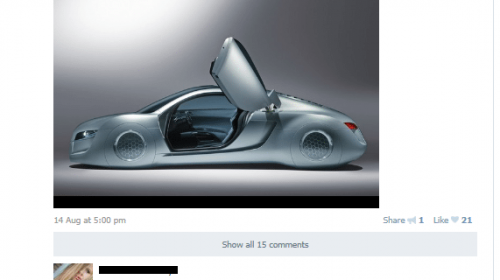It’s hard to imagine the Internet and our lives without them. The reasons why we use them have changed, but they are still with us on social media. We’re talking about EMOJI, of course! The little icons that let us display emotions in our posts and convey the meaning or the ambiance we want. What are their origins? Where do they come from? Let’s find out as part of World Emoji Day celebrations!
What came first: emoji or emoticons?
It is widely accepted that the first emoticon was sent by professor Scott Fahlman on the 19th of September, 1982. It looked like :- ) and was dubbed “the humble smiley”. The :- ) emoticon was promoted to be used whenever the sender was joking. To put it simply, it was advised by Fahlman to be used when somebody was not being serious with their message. The recipients were to read it sideways. Moreover, he noted that it would probably just be easier to mark serious massages with :- (, as the tendencies at that time leaned towards uncurbed jokemaking. We can speculate that his colleagues were jesters.
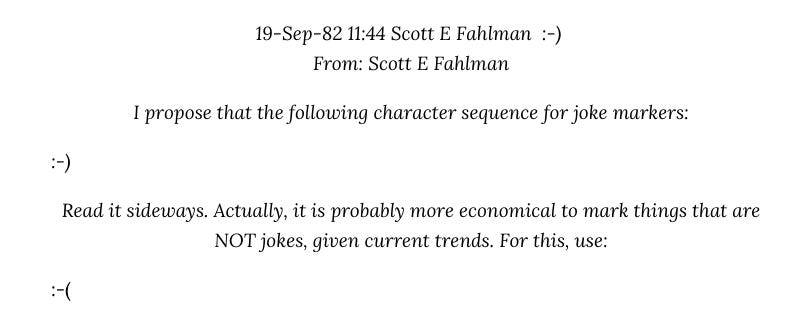
Precisely, it was an emoticon and not an emoji. So, what’s the difference? Emoticons are keyboard characters organised in a way to create a face or imitate an object or a picture. The word is an amalgamation of two other words: “emotion” and “icons”. Emojis are small pictures, icons that have been encoded using Unicode. We will talk more about the significance of Unicode later in this article. It is important to note that many languages, Polish for example, use the words for emoticons and emojis interchangeably.
World Emoji Day: the birth of an icon
Thanks to one unique website, we can trace the origins of emojis on a convenient timeline. From the site, we can learn that the first official emoji set became available in November of 1997. It was a set designed for mobile users of J-Phone’s newest product, SkyWalker DP-211SW. In the creator’s Tweet we can read also about the early versions of emojis for… pagers!
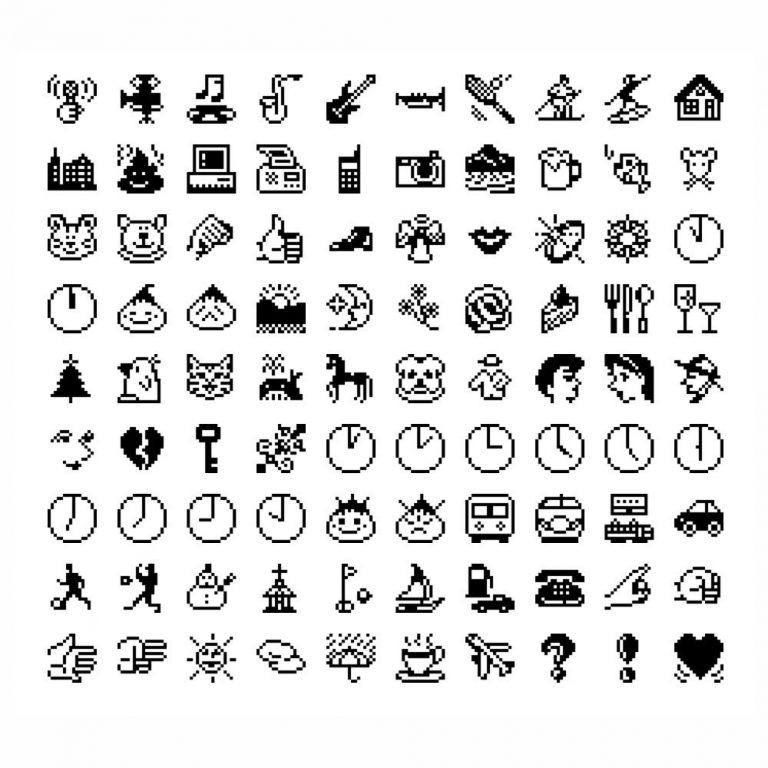
Shigetaka Kurita created 176 emojis for the NTT DoCoMO’s release of mobile phone i-mode internet service. The event took place in February of 1999. The creator reminisces that it was a real challenge for him. That is because he wanted to fit in as many important and meaningful icons as possible. His mission was helping people avoid miscommunication and wrong interpretation of messages that came with the technology. Kurita aimed to increase the comfort of both the sender and the recipient by making intentions clearer. He most definitely succeeded! His emoji set became a blueprint for all other sets realeased globally that followed.
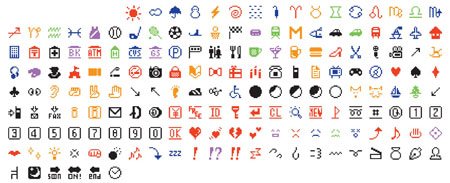
World Emoji Day: Tracing the milestones
A truly ground-breaking release for the computer users was the introduction of 30 emoticons for MSN Messenger 6. Moreover, the set inclided animated icons. What’s even more interesting, MSN allowed the user convert any image file into a custom emoticon. That was a truly revolutionary functionality that gave users much-needed creative freedom. Furthermore, they introduced a “Decision Wheel” to helps indecisive users in selecting the right icon for their message. All of those new feautures were supposed to make the experience of using MSN more personalized.

The Unicode Revolution
What is Unicode by definition? In the real, physical meaning it’s a non-profit organization,a consortium that incorporates companies from the IT and software sector. In addition, academic institutions and private investors and users can also join. The word “Unicode” of course also has a meaning relating to software. It’s an “an information technology standard for the consistent encoding, representation, and handling of text expressed in most of the world’s writing systems” (source). By the same token, Unicode is utilized to encode emojis. All the little icons that we currently use, the alphabets that we operate on when clicking away on our smartphones, are systematized by Unicode. If you want to learn more about the mission of Unicode Inc. and their endavours, watch their homepage video.
Curiously, at the beginning the company refused to contrive a coding standard for emojis. Now it’s one of their most respected and widely known project. On their website, the creators inform the public about the newest emoji standards, changes, and releases. One may also find accurate statistics measuring the frequency of the usage of each emoji.
Get acquainted with the full list of emojis that fall under the Unicode standard.
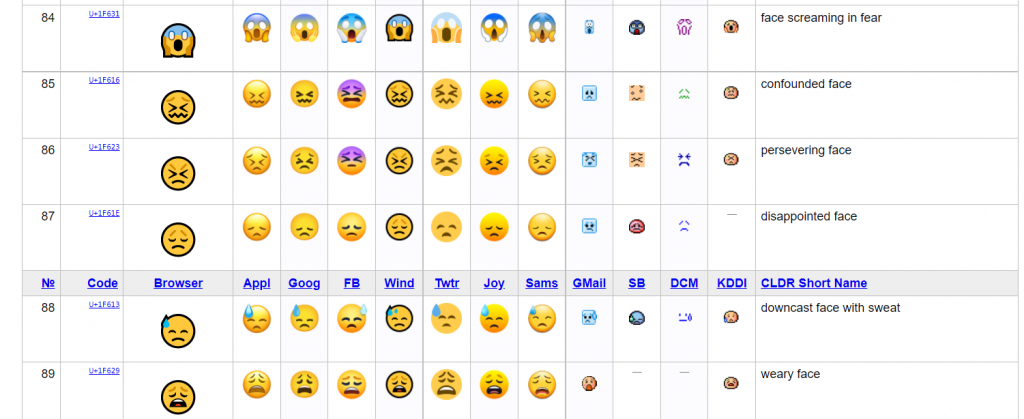
The significance of emojis on social media
Let’s ask ourselves this important questions: why are emojis important? Perhaps, Kurita’s words still ring true today. People haven’t evolved to somehow avoid miscommunication during those two decades. People have misinterpreted words and gestures in face-to-face communication for the longest time. In the social media era, even more that ever before, we are prone to make mistakes in text interpretation. Very often, we cannot discern whether someone is serious, joking, or maliciously sarcastic.
Emojis are our lifeline in the digital world. They help the interlocutor interpret our words and make out our mood and intentions. Consequently, it’s easier to convey emotions in Internet text messaging. Emojis are popular on the social platforms, not only in the messengers. They are used to make a sentence or a paragraph stand out. Moreover, they can highlight the substace of the post. In addition, they can be a way to lessen the impact of the text or signal that it should be interpreted as jocular. Sometimes they are excluded when the topic discussed is to serious for pictures. However, emojis are commonly used in the comment sections, frequently even without any text layer.
World Emoji Day stats: The most frequently used emojis
The data gathered by Unicode concludes that the most frequently used emojis are the crying laughing face, heart icon, and heart-eyes face. Breathing down their yellow neck are rotfling emoji, and the widely misused high-five. Even though it truly is just a high five, people tend to use it to express gratitude or religious beliefs. Taking into account the many different and contradictory understandings and uses of emoticons, we cannot just take the stats at face value. The high-fiving/praying discrepancy further proves that. That’s understandable: humans are naturally creative and tend to find new applications for the icons. More often than not emojis are used ironically, and supposed to underline that property.

Facebook Emojis
At the beginning of 2016 Facebook introduced a new feature: reactions. These are emoji faces portraying pre-determined common reactions to a post. In 2020, when lockdown kept people away from their loved ones, Facebook introduced the “care” emoji reaction. It’s a slightly smiling face holding/hugging a heart. It has been functioning on the platform for over a year. People really took to those reactions and ditched the boring “like”.

Recent World Emoji Day’s statistics show that, as far as emojis are concerned, the crying laughing emoji is the people’s favorite. Users also insert the heart eyes emoji and the birthday cake one.
Over 900 million emojis are sent through the Facebook Messenger, often without any accompanying text. As regards Facebook posts, we paste more than 700 million emojis into our published content.
Twitter emoji usage facts
Do you want to learn how many times a specific emoji has been used on Twitter? Sounds impossible to estimate? It turns out that the is some… thing that can actually do it — emojitracker. It’s a truly amazing and handy tool for people working in social media and statistics aficionados. For example, we can see that the CD emoji appeared on Twitter over 2,5 million times, and the “Zzz” sleeping icon — more than 183 million times!
The data seem to agree with the general sentiment that the “face emojis” portraying common reactions and emotions are the most popular. Then, there are the popular hearts and thumb(s)-up like icons. One emoji that stands out is the recycling symbol. That is probably a result of the eco-friendly trends on socials.
The 2019 vote helped emojipedia decide which new icons are the most popular. The happy-face-in-love emoji won, and the pleading “big eyes” face placed second. The “woozy” emoji came third.
Every year the famous #worldemojiday hashtag generates over 4 billion Twitter impressions.
If you want to check out interesting emojis-on-Twitter-related accounts and sites, see Emoji Mashup Bot and Emoji Dick. They show that human creativity is truly boundless.
Celebrate World Emoji Day with Postfity
Are you looking for a scheduling tool that will simplify producing social media content? Postifity allows you to plan posts with emojis included. Simply use the handy pop-down menu cache and click the preferred icon. Always remember to use emojis when they are suitable. There are other useful features, such as Snippets, which let you quickly insert chunks of saved texts and grouped hashtags. Read about those and other ingenious Postfity functionalities in the Knowledge Base.



